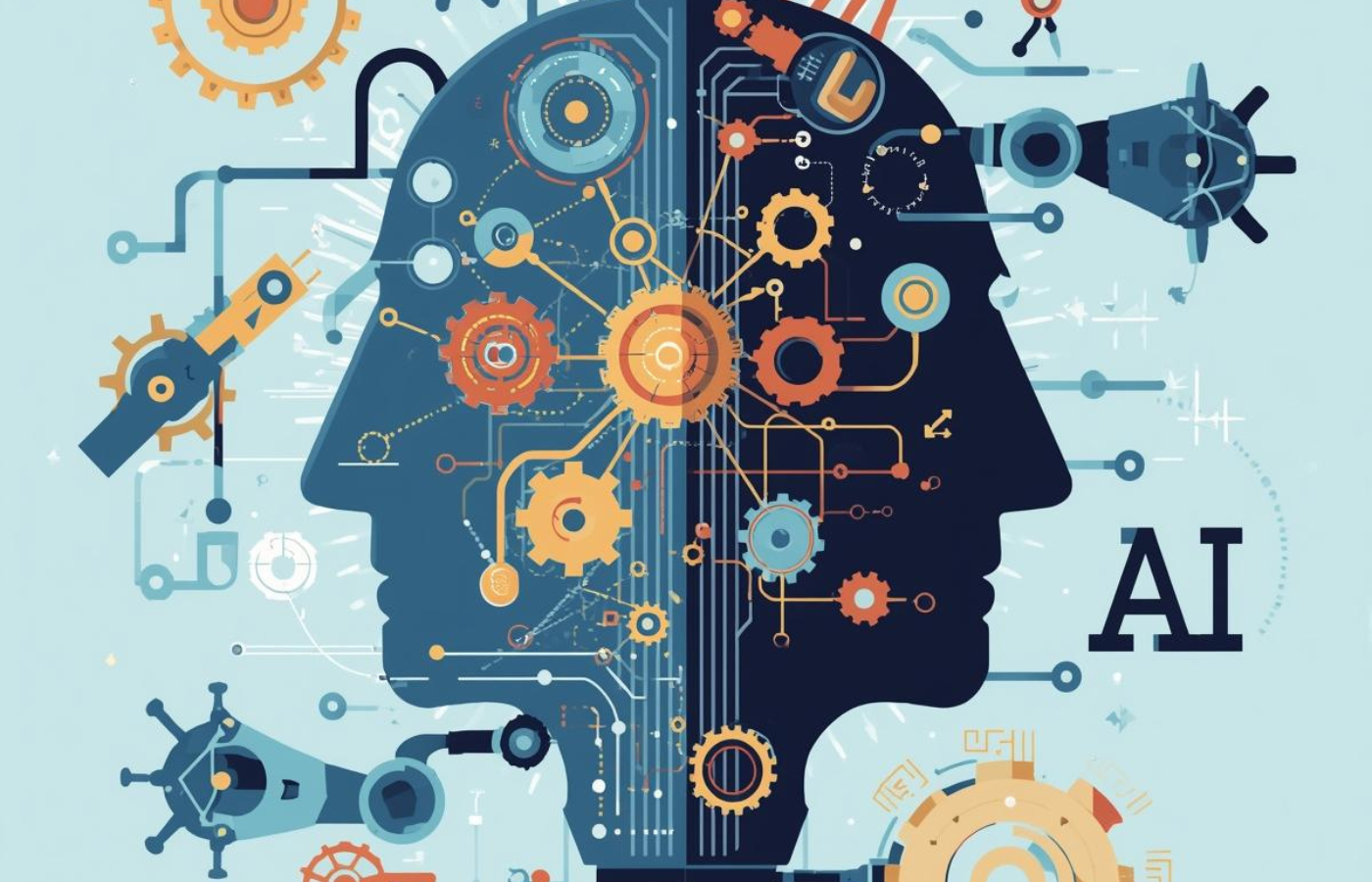
AI: Understanding Context - "I Didn't Say You Stole My Recipe"
tl;dr
- Context is everything AI knows about a conversation: Including previous messages, instructions, and relevant information
- Context dramatically changes AI understanding: The same words can mean different things based on surrounding information
- Context windows have limits: AI systems can only "remember" a certain amount of information at once
- Better context equals better AI responses: Providing clear, relevant context improves accuracy and usefulness
- Context management is a business advantage: Organizations that master AI context get superior results from their AI investments
Ask a modern AI assistant for a chocolate chip cookie recipe, and you'll get something good. Really good, actually. Today's large language models (LLMs) have been trained on millions of recipes, cooking blogs, and culinary resources. They understand ingredient ratios, baking temperatures, and mixing techniques. The recipe they provide will work—you'll get edible, probably delicious cookies.
But will they be the right cookies for you?
This is where context becomes crucial. The AI doesn't know you live in Denver where high altitude affects baking times. It doesn't know your daughter has a dairy allergy, or that you're baking for 30 kids at a birthday party, not just your family. It doesn't know you prefer chewy cookies over crispy ones, or that you only have a hand mixer, not a stand mixer.
With the right context, that same AI transforms from a generic recipe provider into your personalized baking assistant. This transformation—from general knowledge to specific, relevant solutions—is why understanding AI context is crucial for any business leveraging artificial intelligence.
What Is AI Context?
At its simplest, context in AI is like the background information in a conversation. It's everything the AI "knows" about your current interaction—previous messages, specific instructions, relevant documents, and any other information that helps the AI understand what you really need[1].
Think of context as the AI's short-term memory during your conversation. Just as humans use context clues to understand meaning, AI systems rely on context to interpret requests accurately and provide relevant responses[2].
The Recipe Example: How Context Changes Everything
Let's explore how context transforms meaning using a simple sentence: "I didn't say you stole my recipe."
This seven-word sentence can have seven different meanings depending on which word you emphasize:
- I didn't say you stole my recipe (someone else said it)
- I didn't say you stole my recipe (I'm denying I said it)
- I didn't say you stole my recipe (I implied it, but didn't say it)
- I didn't say you stole my recipe (I said someone else did)
- I didn't say you stole my recipe (maybe you borrowed or copied it)
- I didn't say you stole my recipe (you stole someone else's)
- I didn't say you stole my recipe (you stole something else)
Without context, an AI cannot determine which meaning you intend. But with proper context—knowing the conversation history, understanding the relationship between speakers, or having information about what was previously discussed—the AI can interpret the sentence correctly[2].
The Power of General Knowledge Plus Context
Modern LLMs are remarkably knowledgeable. They can discuss quantum physics, write poetry, debug code, and yes, provide excellent recipes. This broad knowledge base is their strength—they don't need to be taught what flour is or how an oven works[3].
But general knowledge alone isn't enough for specific situations. Consider the cookie recipe example:
Without context: "Here's a classic chocolate chip cookie recipe using butter, sugar, eggs, flour..."
With context about altitude: "For Denver's high altitude, increase flour by 2 tablespoons, reduce sugar slightly, and raise the temperature to 375°F..."
With dietary context: "For dairy-free cookies, substitute the butter with coconut oil, and here's how to adjust the measurements..."
With quantity context: "For 30 kids, you'll need to quadruple this recipe. Here's the scaled version with mixing instructions for large batches..."
The AI's base knowledge remains the same, but context transforms generic information into personalized, actionable guidance[3].
From Recipes to Real Business Applications
This recipe example illustrates a fundamental principle that applies across all business AI use cases:
Customer Service: An AI knows general troubleshooting steps, but context about the customer's specific device, previous issues, and technical expertise level transforms generic help into effective support[4].
Document Analysis: AI understands legal terminology broadly, but context about your industry, jurisdiction, and specific business relationships makes contract analysis actually useful.
Code Development: AI knows programming languages and best practices, but context about your tech stack, performance requirements, and coding standards turns suggestions into implementable solutions.
What's Next?
Understanding context is just the beginning. In our next article, we'll share surprisingly simple dos and don'ts for mastering AI context—practical techniques you can implement immediately to get dramatically better results from your AI interactions.
Final Thoughts
Modern AI has impressive general knowledge, but the gap between "good enough" and "exactly what you need" is bridged by context. Just as "I didn't say you stole my recipe" can mean seven different things, every AI interaction improves dramatically with proper context.
For businesses, mastering context isn't just a technical skill—it's a competitive advantage that transforms AI from a knowledgeable assistant into a personalized problem-solver.
Continue exploring our AI Context series: Understanding Context | Dos and Don'ts | Technology Basics | Business Applications | Industry Trends
References
- What Is an AI Context Window? – Coursera
- What are context windows, and what do they do? – Respell Blog
- What is long context and why does it matter for AI? – Google Cloud Blog
- Can ChatGPT Remember Previous Conversations? Memory Features Explained – AI Fundamentals


